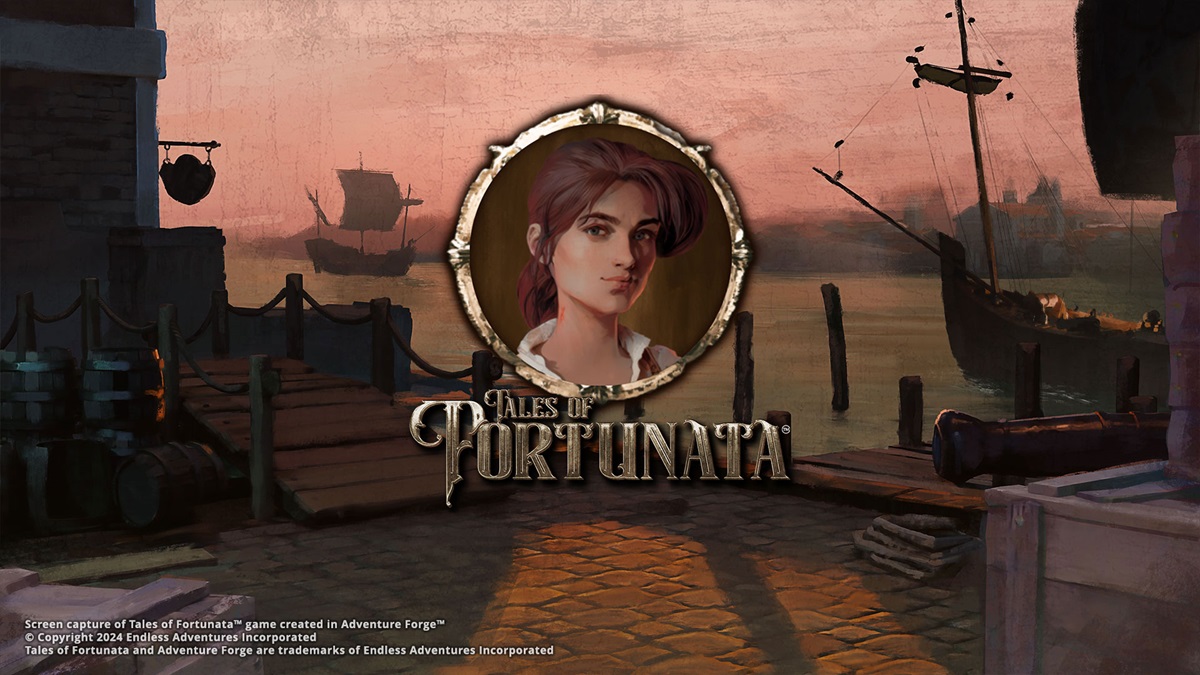Endless Adventures CEO Jordan Weisman came out of stealth at our GamesBeat Summit 2023 event last year, and talked about the intersection of gaming, AI and user-generated content.
And now his company has deeper demo of how you can use the company’s Adventure Forge tools to create narrative games.

Unlock premium content and VIP community perks with GB M A X!
Join now to enjoy our free and premium membership perks.
![]()

![]()